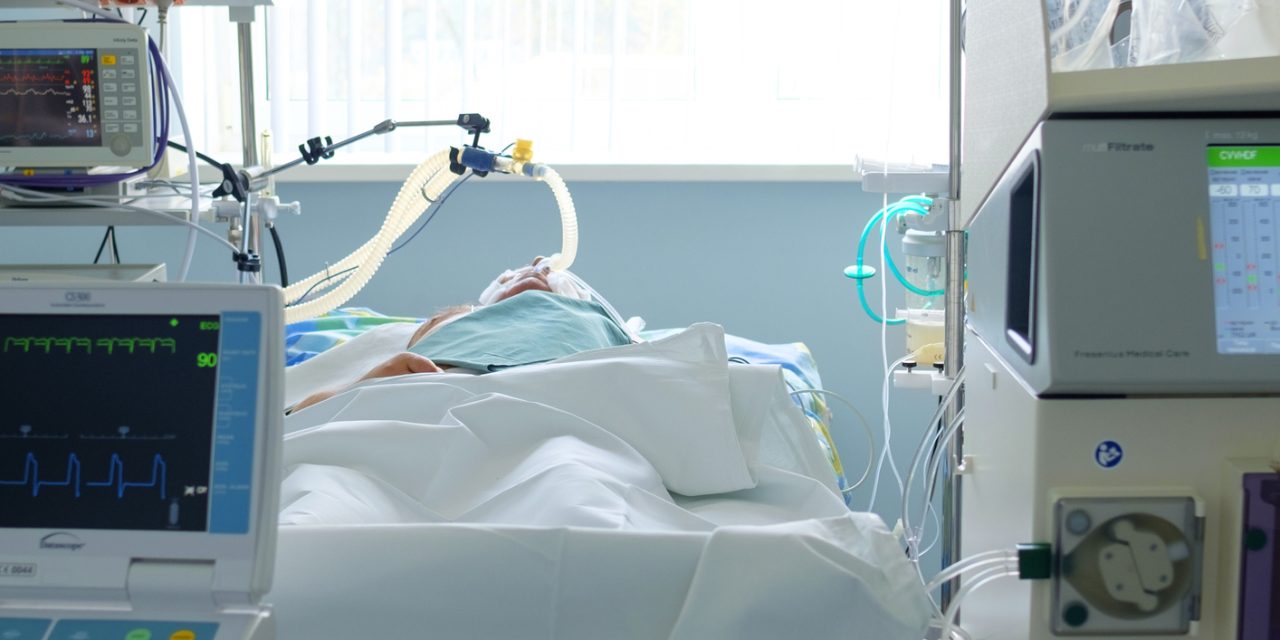Group B Streptococcus (GBS) is a leading cause of neonatal sepsis and meningitis and an important cause of invasive infections in pregnant and nonpregnant adults. Vaccines targeting capsule polysaccharides and common proteins are under development.
Using whole genome sequencing (WGS), a validated bioinformatics pipeline, and targeted antimicrobial susceptibility testing, we characterized 6,340 invasive GBS recovered during 2015-2017 through population-based Active Bacterial Core surveillance (ABCs) in eight states.
Six serotypes accounted for 98.4% of isolates (21.8% Ia, 17.6% V, 17.1% II, 15.6% III, 14.5% Ib, 11.8% IV). Most (94.2%) isolates were in eleven clonal complexes (CCs) comprised of multilocus sequence types (MLSTs) identical or closely related to STs 1, 8, 12, 17, 19, 22, 23, 28, 88, 452 and 459. Fifty-four isolates (0.87%) had point mutations within pbp2x associated with non-susceptibility to one or more β-lactam antibiotics. Genes conferring resistance to macrolides and/or lincosamides were found in 56% of isolates; 85.2% of isolates had tetracycline resistance genes. Two isolates carrying vanG were vancomycin-nonsusceptible (MIC 2µg/ml). Nearly all isolates possessed capsule genes, 1-2 of the three main pilus gene clusters, and one of four homologous Alpha/Rib family determinants. Presence of hvgA virulence gene was primarily restricted to serotype III/CC17 isolates (465 isolates), but 8 exceptions (7 IV/CC452 and 1 IV/CC17) were observed.
This first comprehensive, population-based quantitation of strain features in the United States suggests current vaccine candidates should have good coverage. Beta-lactams remain appropriate for first line treatment and prophylaxis, but emergence of nonsusceptibility warrants ongoing monitoring.
Published by Oxford University Press for the Infectious Diseases Society of America 2020. This work is written by (a) US Government employee(s) and is in the public domain in the US.
Multistate, population-based distributions of candidate vaccine targets, clonal complexes, and resistance features of invasive Group B Streptococci within the US: 2015-2017.


